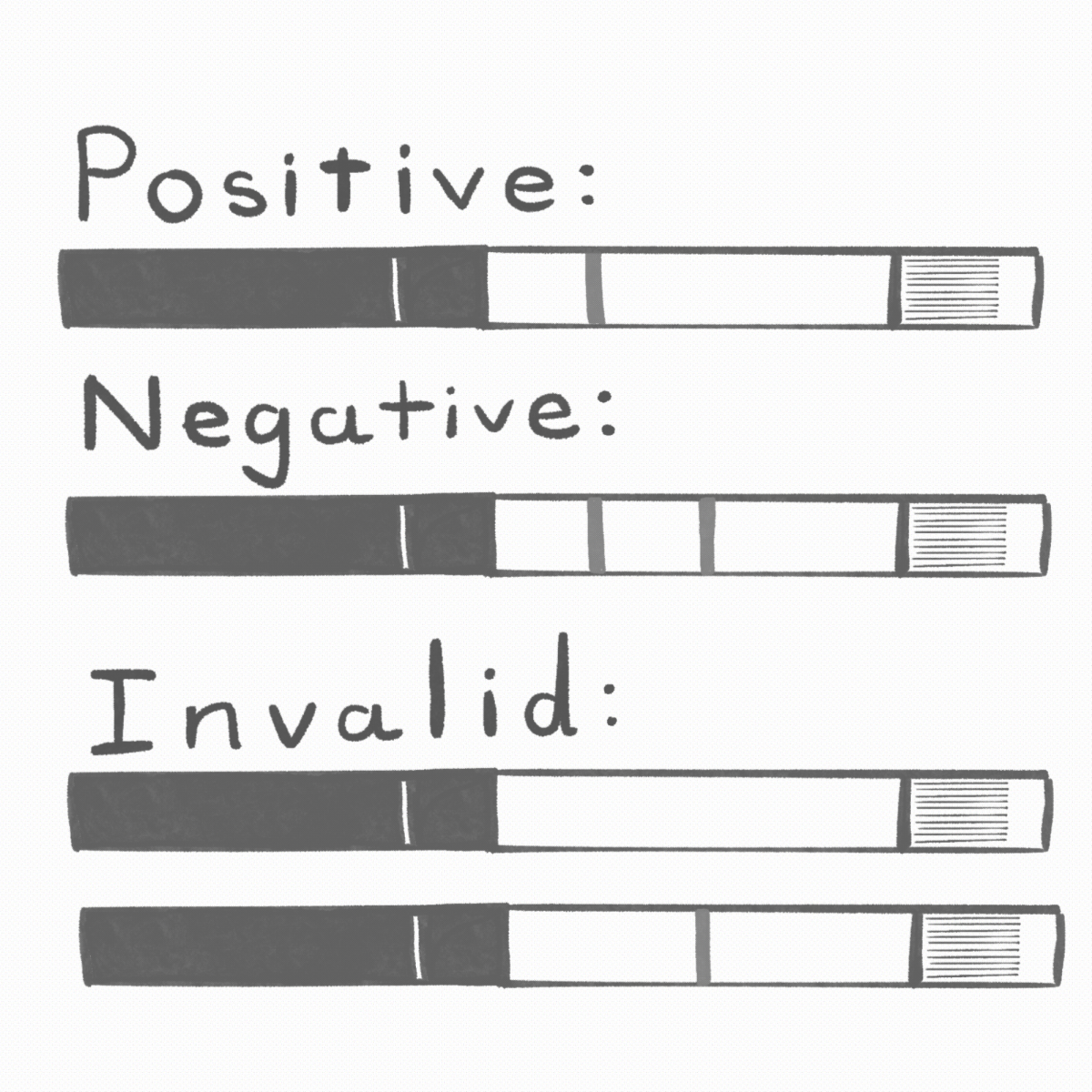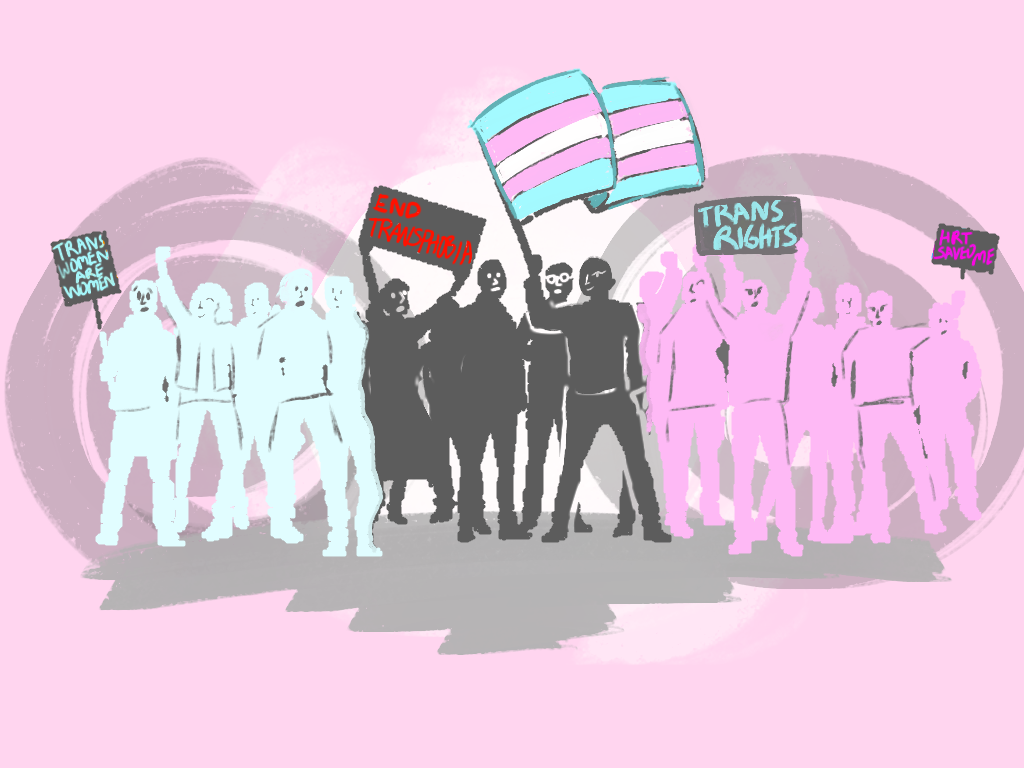Since Election Day, there have been many headlines and reports identifying women as key to President Obama’s reelection. The oft-cited statistic suggests that women, who comprised approximately 53 percent of voters, favored Obama over Romney by double digits. Unfortunately, this gives an inaccurate picture of the electorate. There is no such monolithic or homogeneous entity as “women voters.” Naming this category and using this heuristic ignores the importance of race and socioeconomic status in determining election outcomes.
I am not suggesting that a gender gap didn’t exist in this election. It certainly did. Obama did win the female vote. However, it is important to point out that he did not win the white female vote. According to CNN’s exit poll data, white women preferred Romney. He received 56 percent of their ballots. Of course, votes cast by white women helped elect Obama, but it would be more helpful to break down the demographics along lines other than solely gender.
Looking at the intersection of race, gender and class gives us a more complete picture of voting trends from this election and perhaps also gives us a better sense of where the American electorate is going in the future.
For example, a shocking 96 percent of Black women and 76 percent of Latinas voted for Obama. Obama also received 87 percent of Black male, 65 percent of Latino and over 70 percent of all Asian votes. In relation to class, 60 percent of voters earning less than $50,000 per year and 46 percent earning between 50,000 and $100,000 chose Obama.
What these figures tell us is that intersectional analyses are more useful than single-characteristic demographic categories. It also supports the idea that women are not a unified category. While notions of sisterhood and female unity can be a powerful motivator for political action, there is no single or unified womanhood that unites all women. Instead, factors other than sex or gender motivate women to vote for particular candidates. It is impossible to identify precisely why any group of voters selected a candidate, but the intersectional breakdown tells us that women have a myriad factors that determine their voting patterns; gender may be only a minor factor. Clearly, one’s economic environment and cultural background also play an important part in determining voting patterns.
Astute analyses of exit polls and voting data from this election will pay attention to a variety of matrices to uncover trends in voting. Avoiding overly simplistic breakdowns simply along gender lines will lead to more fruitful analyses and avoid the dangers of assuming all women think alike.
Sarah Topp is the director of debate and an assistant professor in the department of human communication and theatre.






Guy Macher • Nov 16, 2012 at 5:14 pm
Why is the gender gap always expressed in terms of the female vote? Obama had a male gender gap; why are male votes less important?